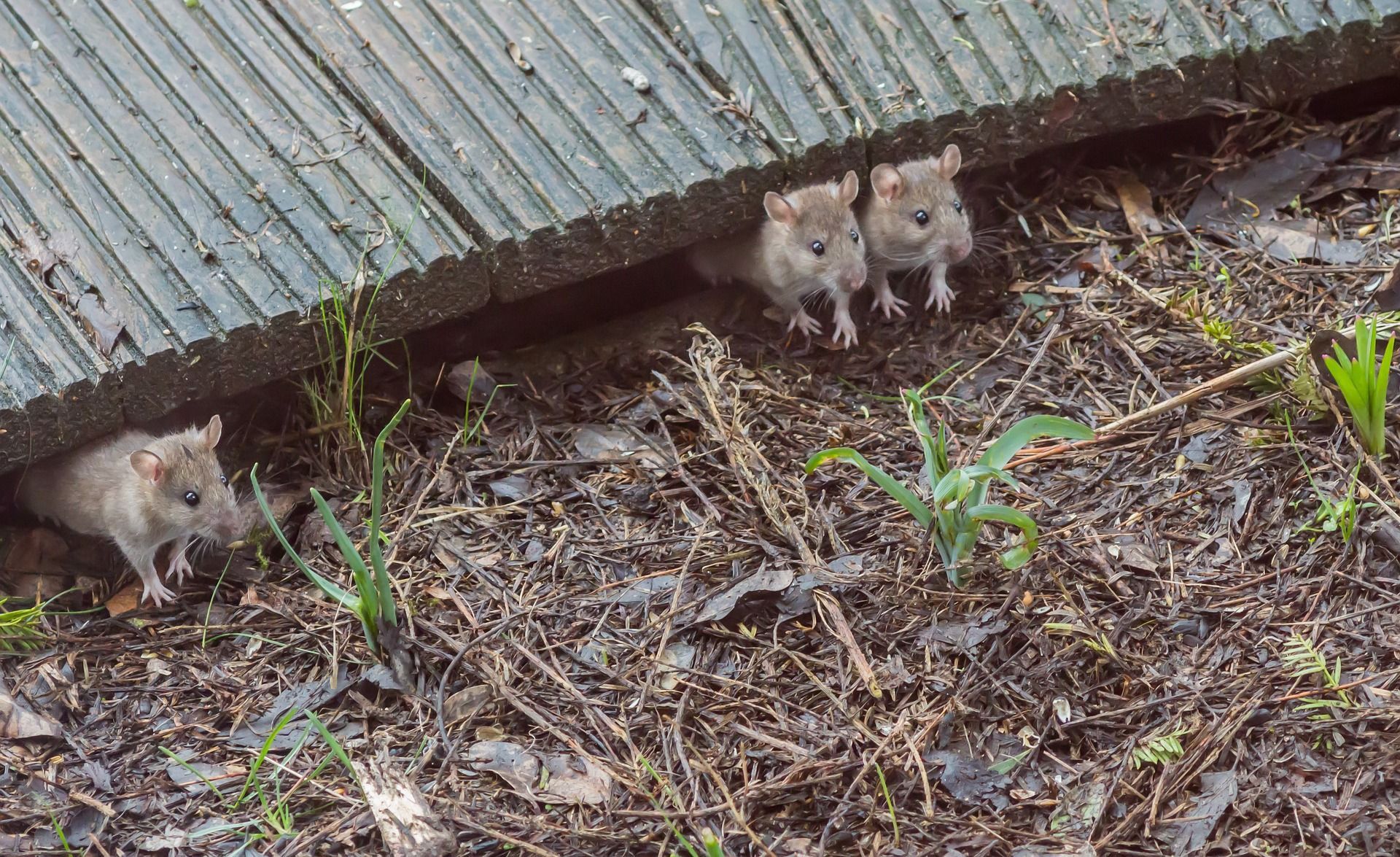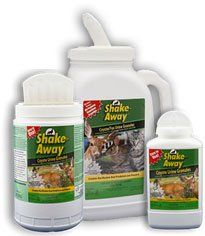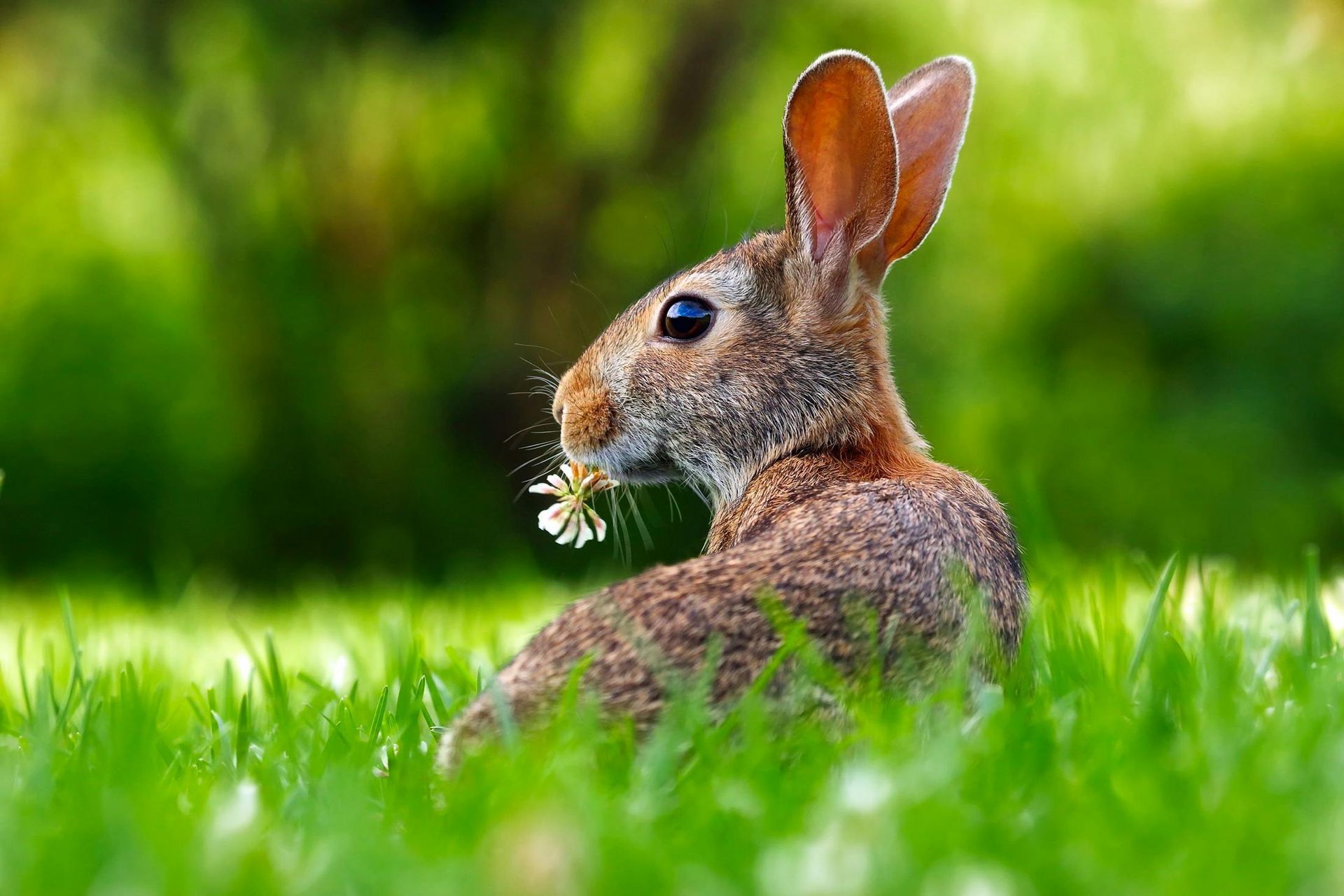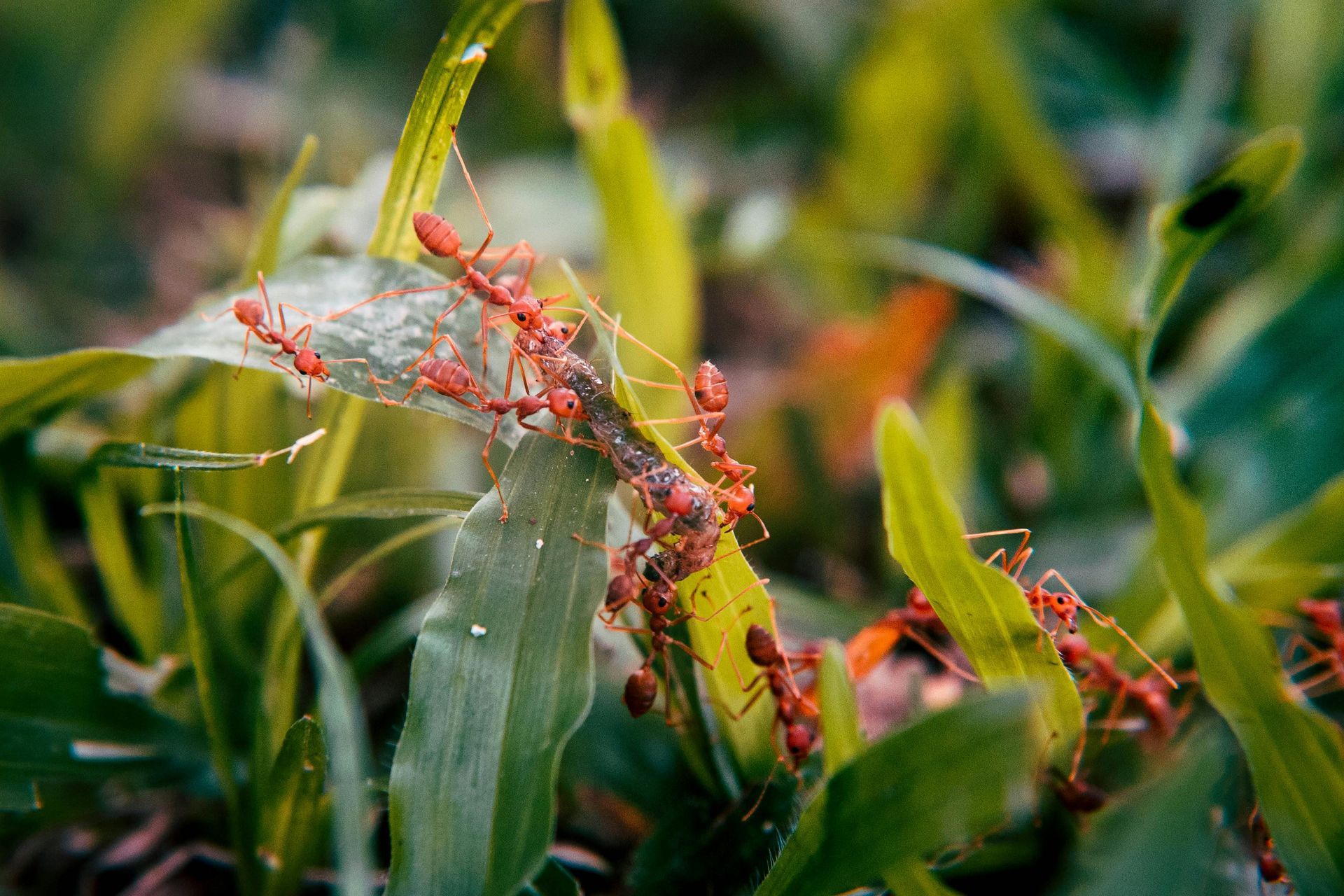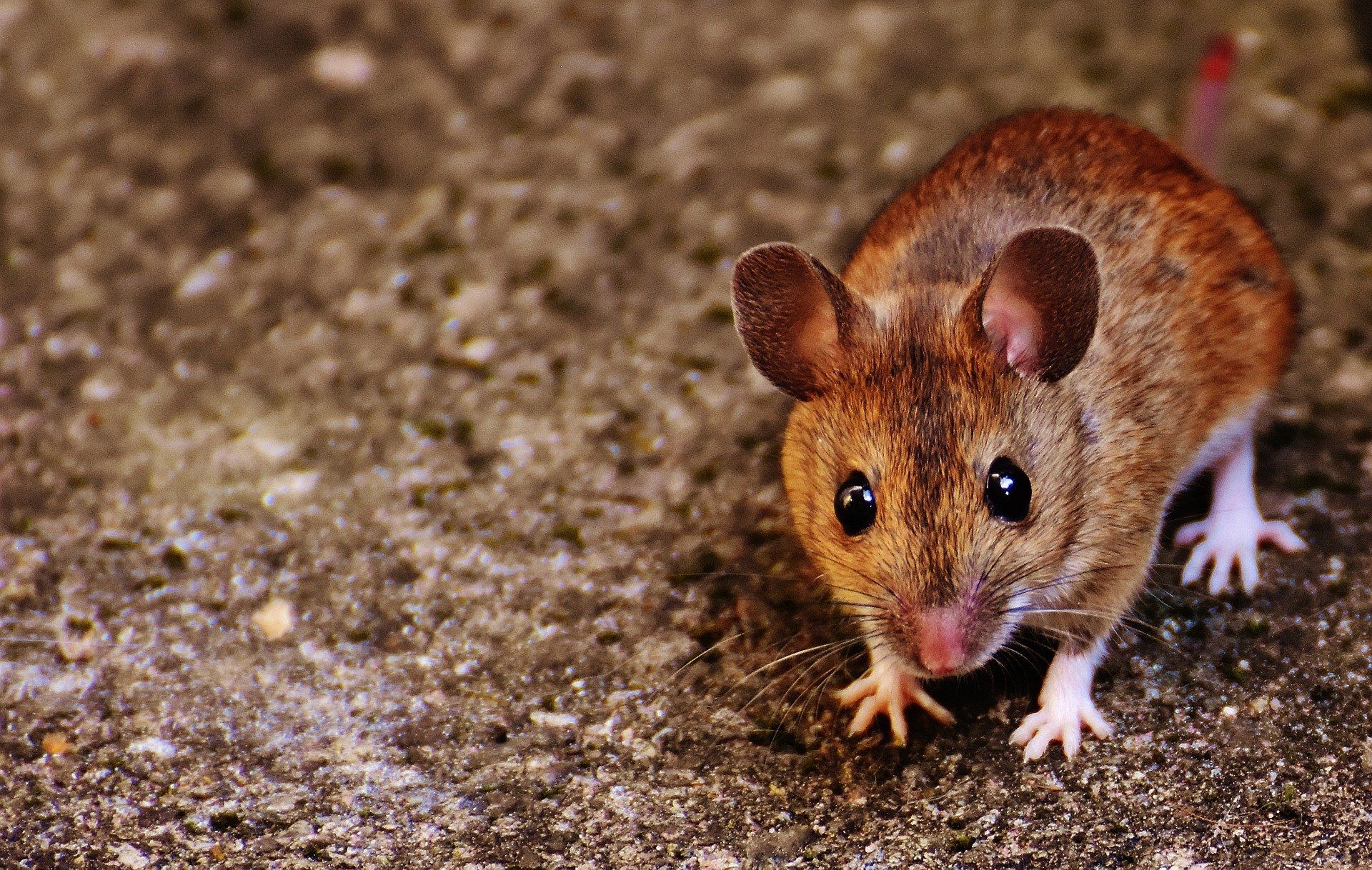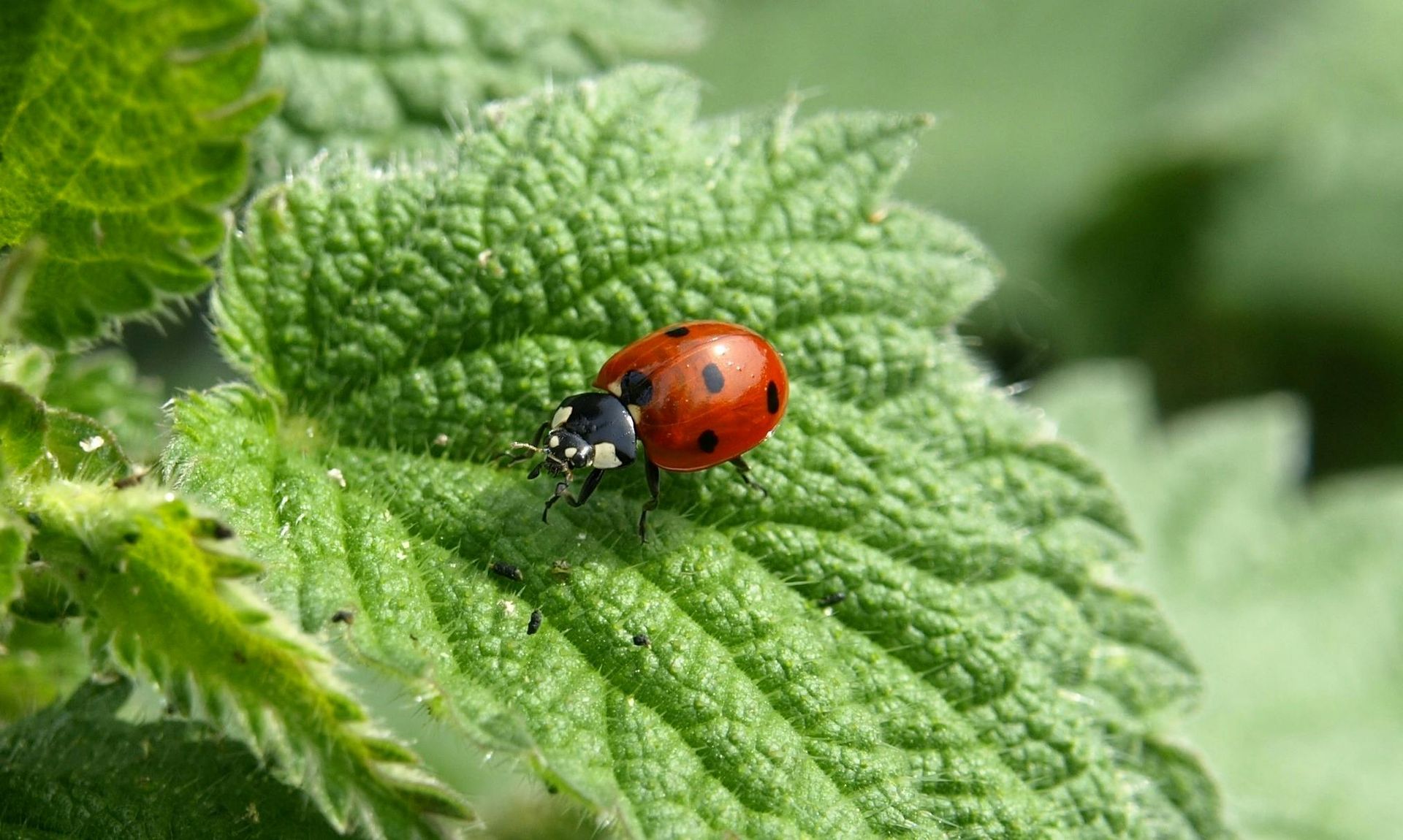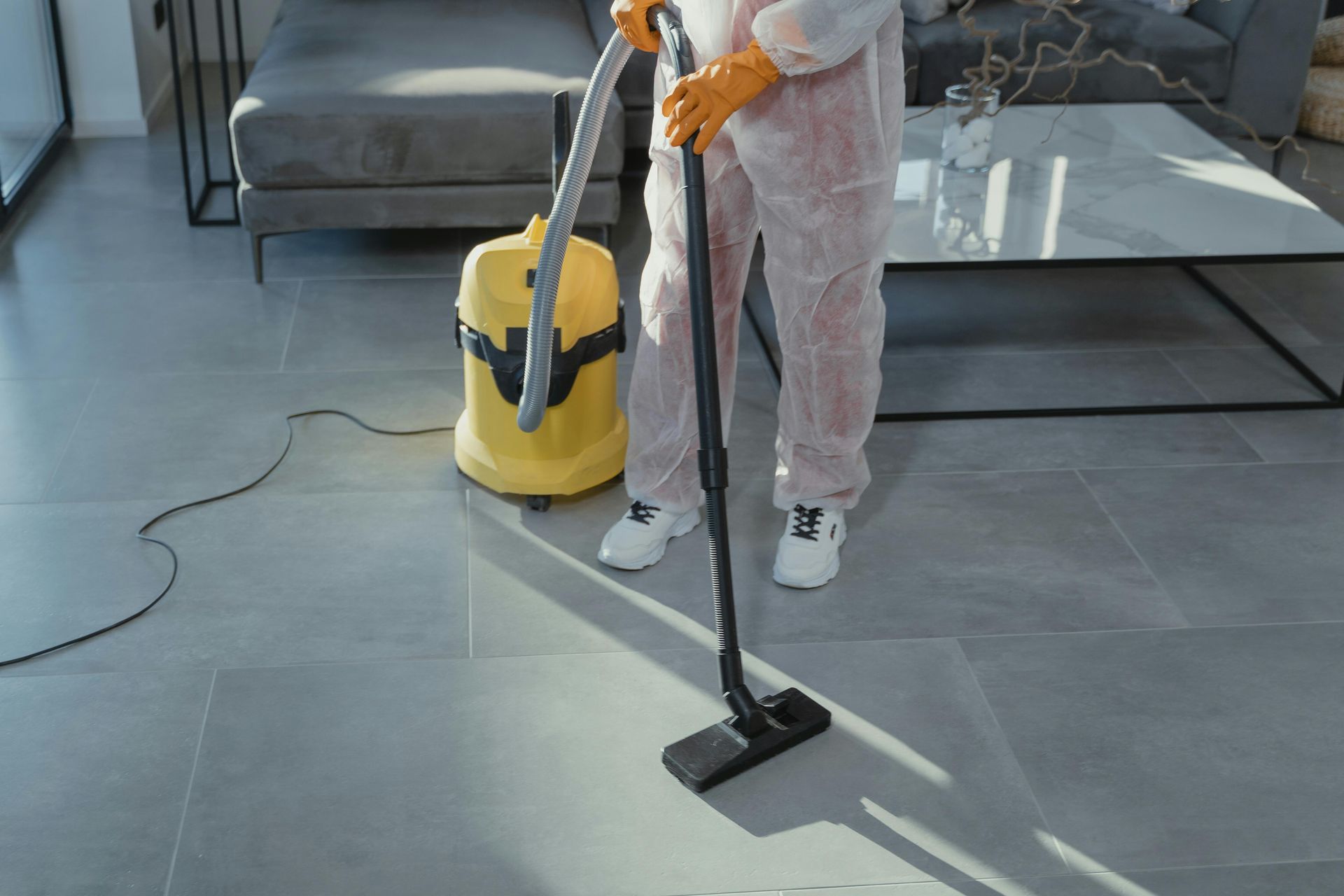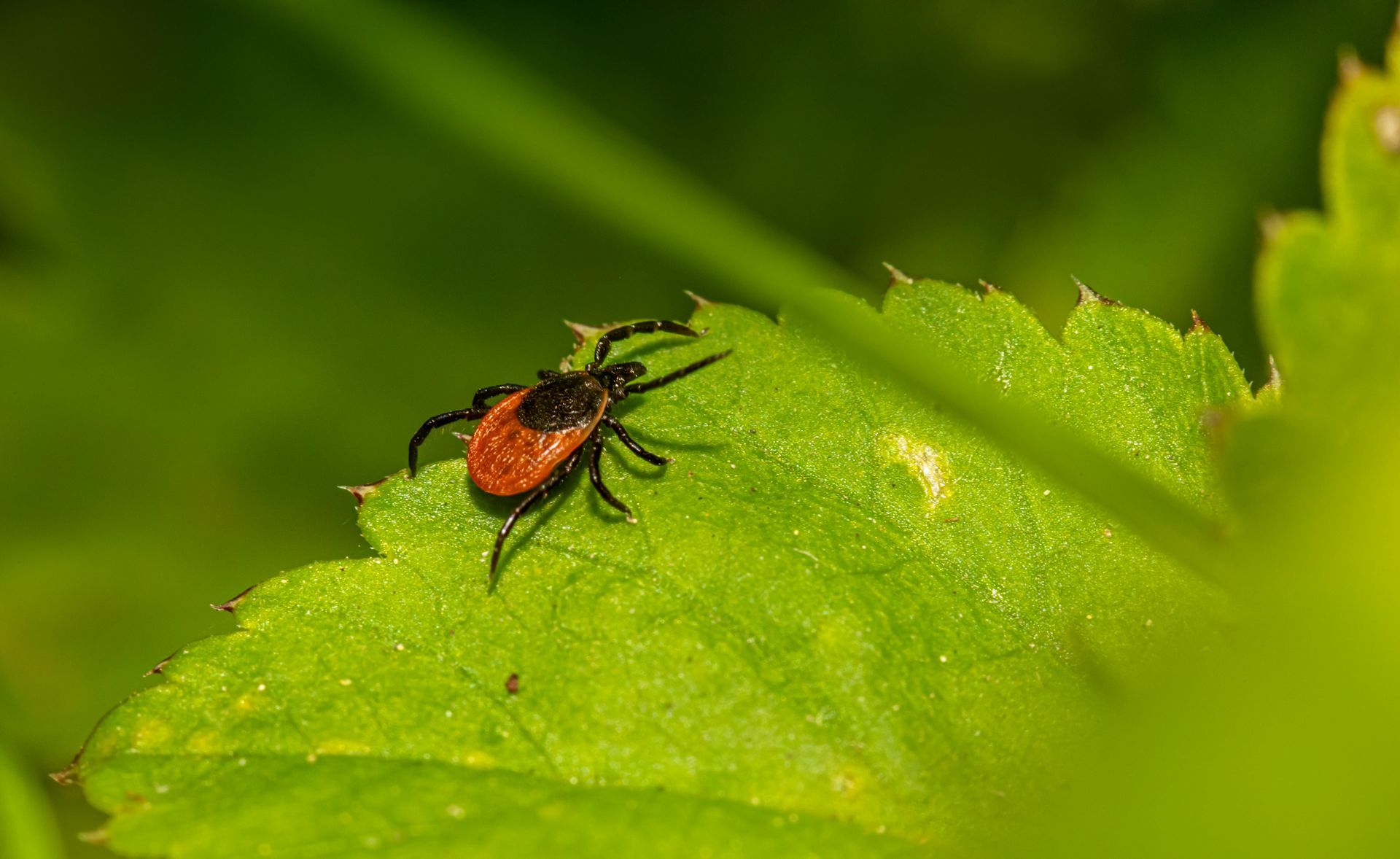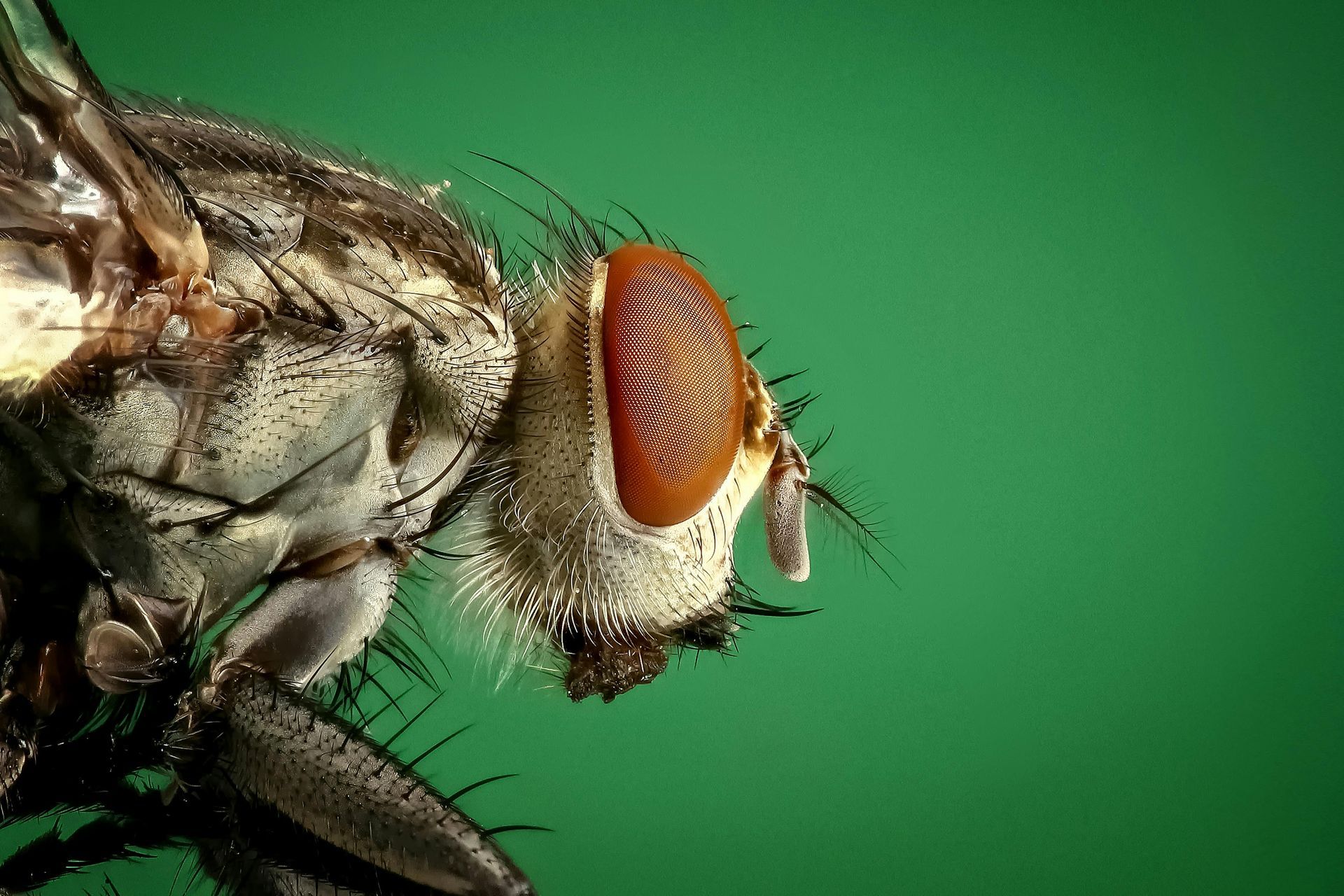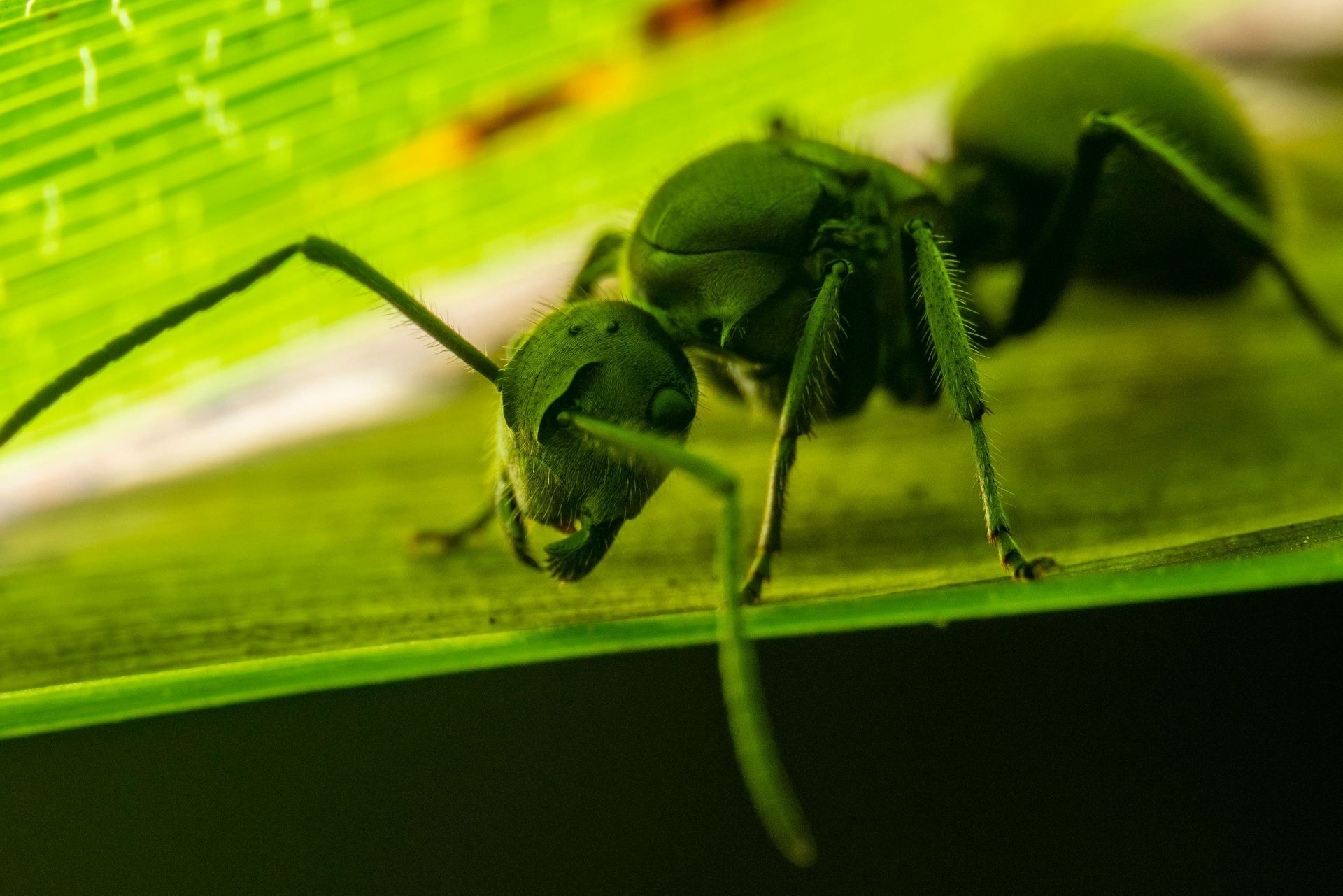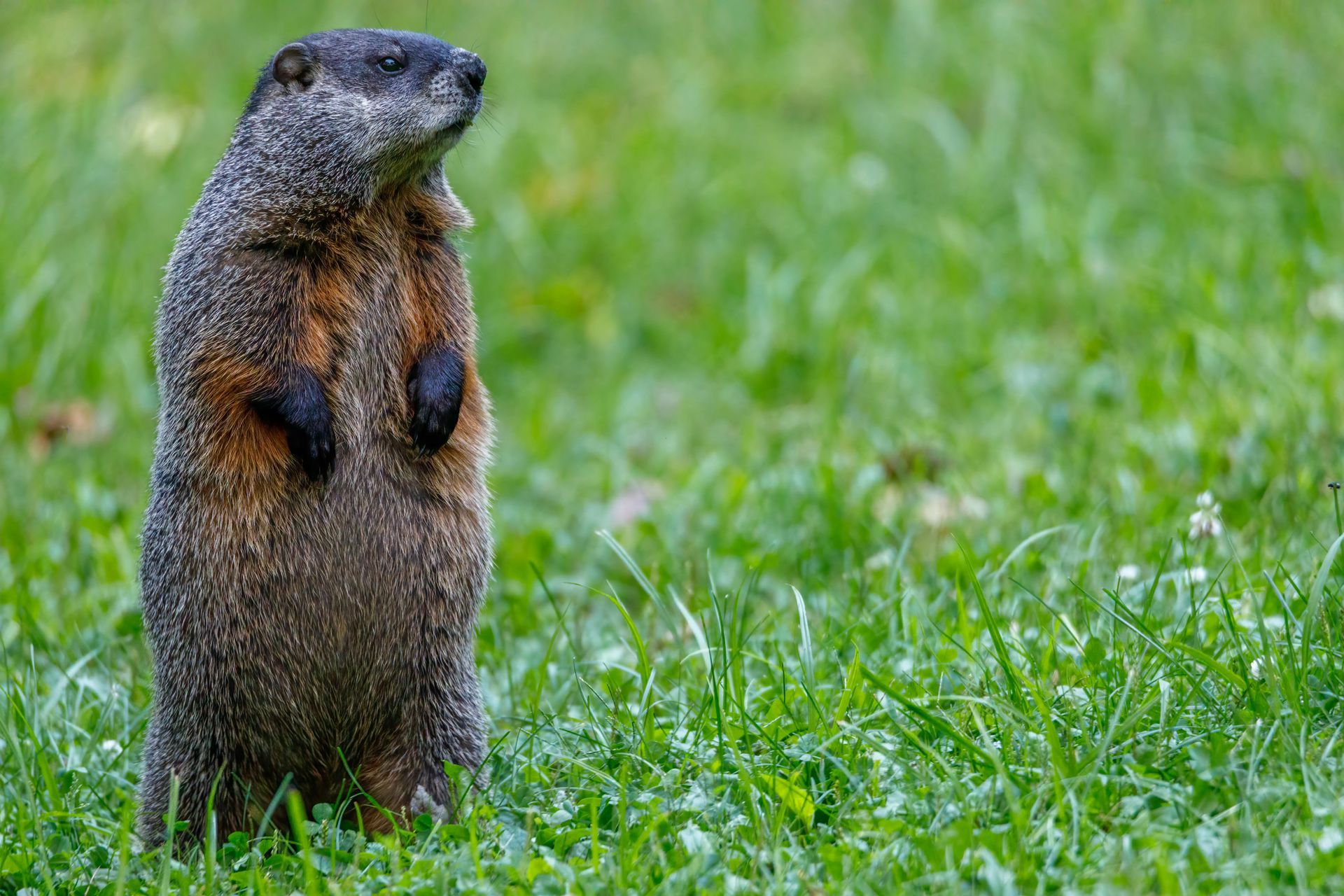The Most Common Animals to Cause Damage to Vegetable Gardens
Know Thy Enemy!
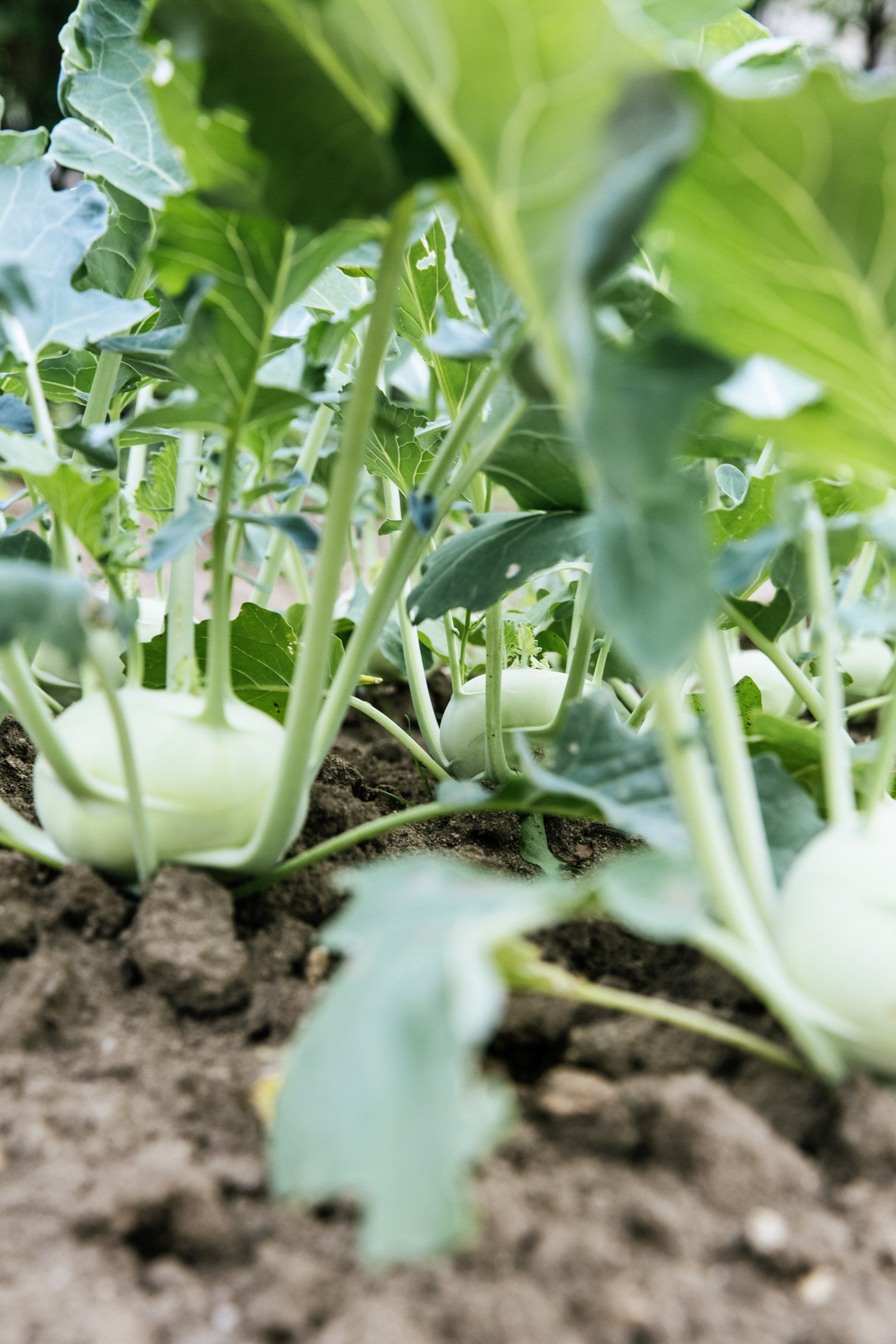
Vegetable gardens are a popular pastime for many people in the US, but they can be susceptible to damage from a variety of wild animals. From small pests like rabbits and squirrels to larger predators like deer and bears, these animals can wreak havoc on a garden and cause significant damage. In this article, we will explore some of the most common types of damage caused by wild animals to vegetable gardens in the US.
1. Deer
Deer are perhaps the most well-known garden pests, and for good reason. They are large, powerful animals that can do significant damage to a garden in a short amount of time. According to the National Wildlife Federation, deer can cause damage to a garden in several ways. They may eat entire plants, such as lettuce or cabbage, or they may nibble on the leaves and stems of other plants. They can also trample plants and damage them beyond repair.
To prevent damage from deer, gardeners may want to consider installing a fence around their garden. This can be an effective way to keep deer out, but it can also be expensive and time-consuming to install. Other methods of deterrence include using deer repellents or planting deer-resistant plants.
2. Rabbits
Rabbits are another common garden pest that can cause significant damage. They are smaller than deer, but they can be just as destructive. According to the University of Missouri Extension, rabbits can damage plants by eating the leaves and stems, as well as by gnawing on the bark of young trees.
To prevent damage from rabbits, gardeners can use a variety of methods. One option is to install a fence around the garden that extends underground to prevent rabbits from burrowing underneath. Another option is to use a repellent spray or granular product that deters rabbits from coming near the garden.
3. Squirrels
Squirrels may be cute, but they can be a nuisance in the garden. They are known for digging up bulbs and seeds, as well as eating fruits and vegetables. According to the Old Farmer's Almanac, squirrels can cause significant damage to gardens in a short amount of time.
To prevent damage from squirrels, gardeners can use a variety of methods. One option is to use a repellent spray or granular product that deters squirrels from coming near the garden. Another option is to install a physical barrier, such as a mesh netting, over the garden to prevent squirrels from accessing it.
4. Birds
Birds can also be a problem in the garden, especially when it comes to fruit trees and berry bushes. According to the University of Vermont Extension, birds can damage plants by pecking at the fruit and leaving holes in it, as well as by eating the fruit entirely.
To prevent damage from birds, gardeners can use a variety of methods. One option is to use netting to cover the plants and prevent birds from accessing them. Another option is to use scare tactics, such as reflective tape or decoys, to deter birds from coming near the garden.
5. Groundhogs
Groundhogs, also known as woodchucks, are another common garden pest that can cause significant damage. According to the Humane Society of the United States, groundhogs can eat entire plants, as well as dig burrows that can damage the garden's foundation.
To prevent damage from groundhogs, gardeners can use a variety of methods. One option is to install a fence around the garden that extends underground to prevent groundhogs from burrowing underneath. Another option is to use a repellent spray or granular product that deters groundhogs from coming near the garden.
In summary, it is essential for gardeners to be aware of the common types of damage caused by wild animals and take appropriate measures to prevent it. Whether it is through installing physical barriers, using repellents or deterrents, or planting deer-resistant and bird-proof species, there are various options available to protect vegetable gardens. By being proactive and taking necessary precautions, gardeners can enjoy the fruits of their labor without having to worry about animal damage.
Critter Repellent All Natural Animal Repellent Blog
